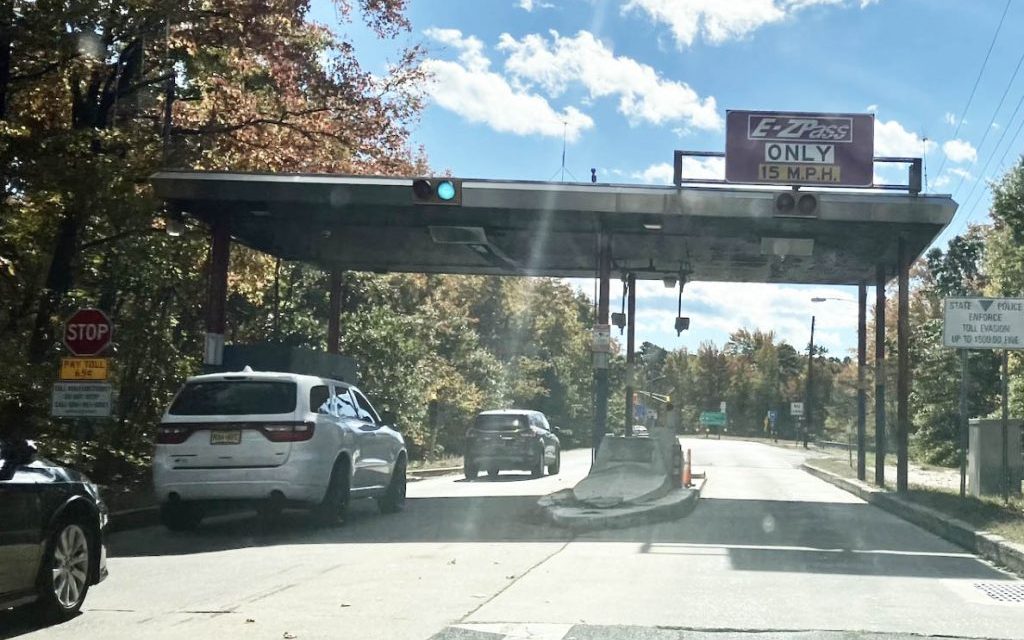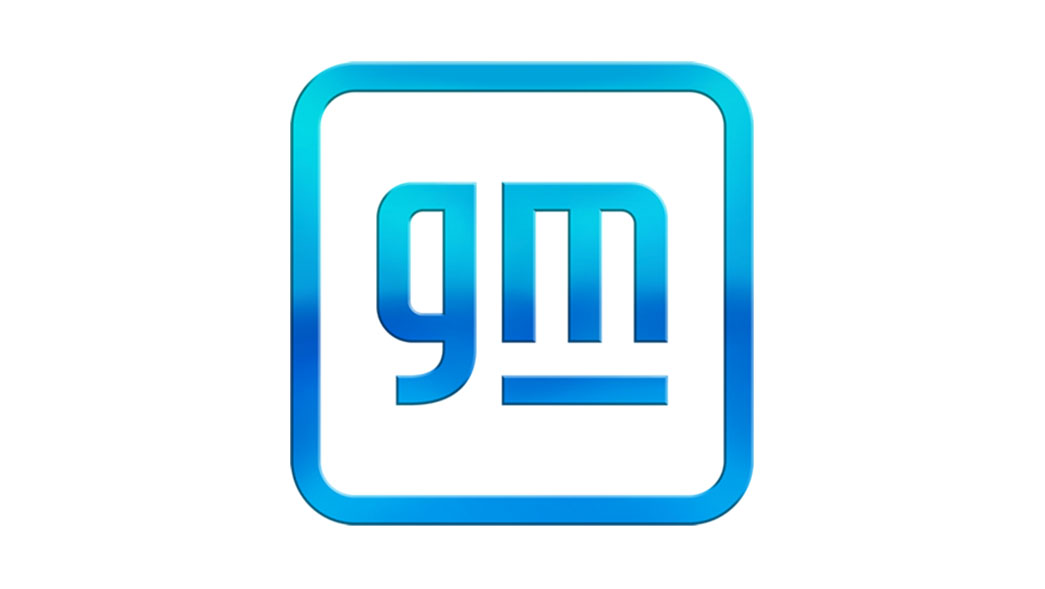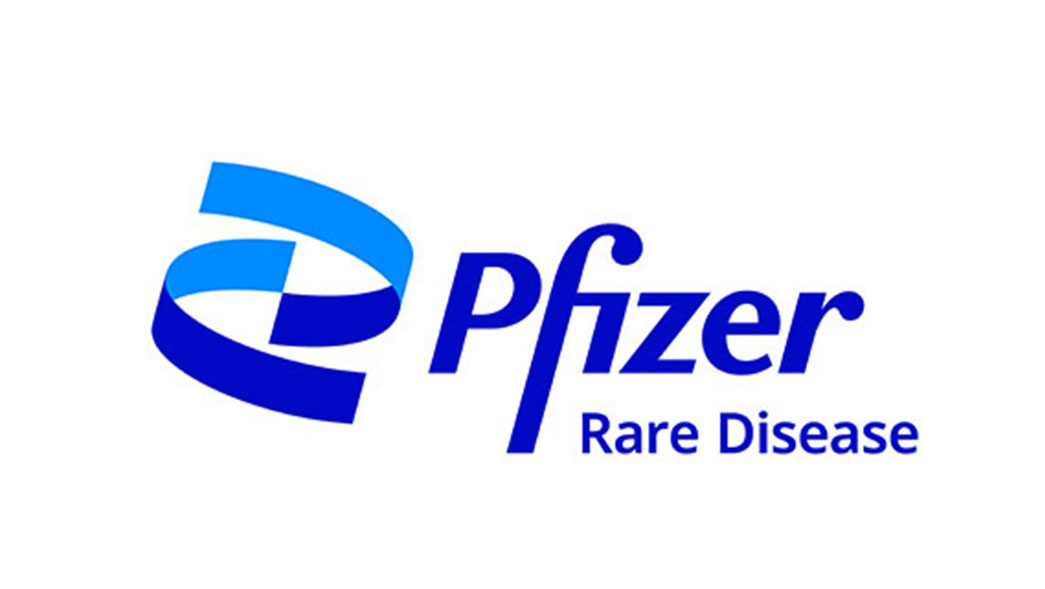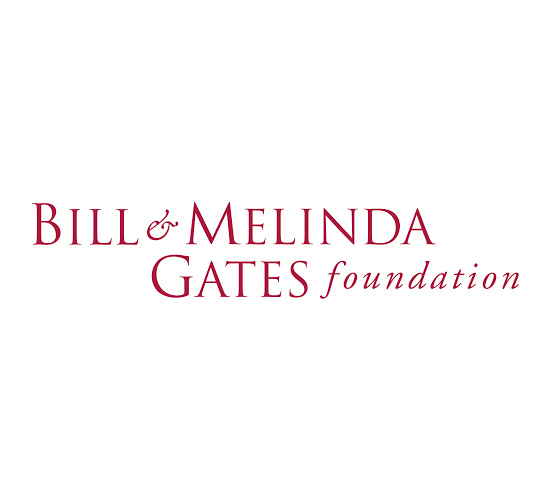By Leada Gore
Paying tolls has become a regular – and sometimes expensive – part of traveling. In many cases, you no longer stop at a toll booth to drop in coins but rather have your license plate image captured by a camera and a bill sent to your home.
So what do you do if you receive a text that you owe for an unpaid toll that you don’t even remember? Should you click on the link, pay the bill and move on?
Don’t, the Federal Trade Commission warns.
There’s been a recent rash of scam texts telling people they owe for tolls.
Here is how FTC explains the scam:“You get a text out of the blue that says you have unpaid tolls and need to pay immediately. The scammy text might show a dollar amount for how much you supposedly owe and include a link that takes you to a page to enter your bank or credit card info — but it’s a phishing scam. Not only is the scammer trying to steal your money, but if you click the link, they could get your personal info (like your driver’s license number) — and even steal your identity.”
What should you do if you receive a toll text? Here’s what FTC recommends:
- Don’t click on any links in, or respond to, unexpected texts. Scammers want you to react quickly, but it’s best to stop and check it out.
- Check to see if the text is legit. Reach out to the state’s tolling agency using a phone number or website you know is real and don’t use the contact info on the text. If you haven’t traveled and know you didn’t go through a toll, you can almost bet the text is a scam.
- Report and delete unwanted text messages. Use your phone’s “report junk” option to report unwanted texts to your messaging app or forward them to 7726 (SPAM).











